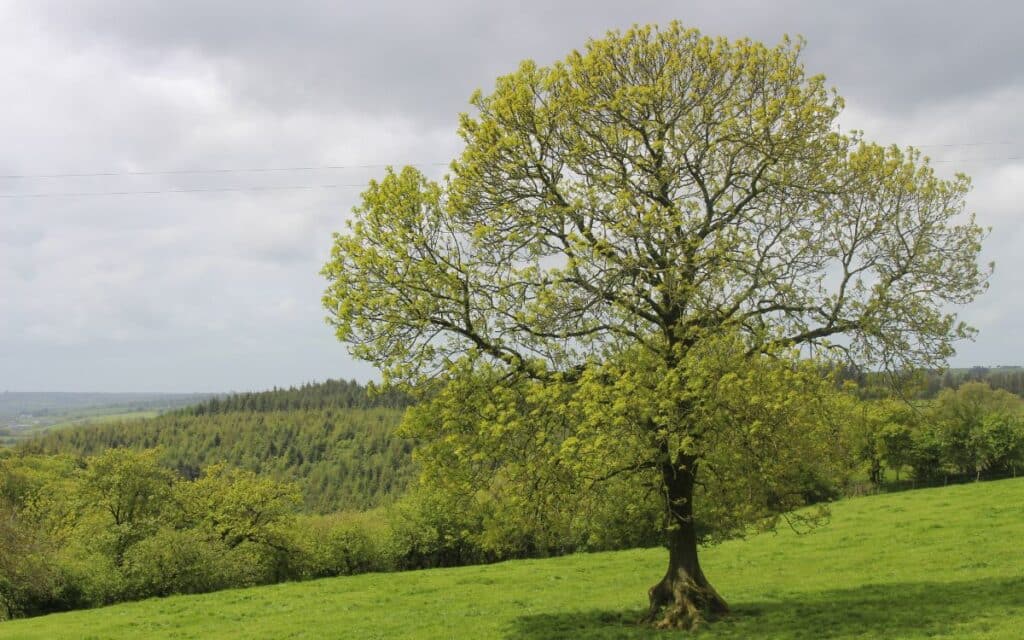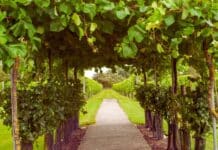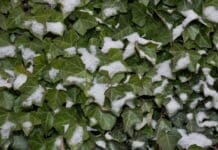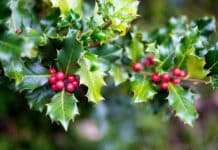Ash trees have deeply rooted significance in British and Irish folklore, serving as symbols of strength, mysticism, and more

Ash trees hold a special place in the folklore of the British Isles and Ireland. With their deep roots in mythology, magic, and even medicine, these trees are more than just part of the landscape. Here’s a look at some of the most intriguing legends and beliefs surrounding the ash tree.
Newborns were given ash sap for protection
In parts of the British Isles, it was customary to give newborn babies a spoonful of ash sap before they left their mother’s bed for the first time. This practice was believed to protect the infant from disease and ensure their survival through infancy. Ash berries placed in a cradle were thought to ward off mischievous Fae from swapping the baby with a changeling.
Three sacred ash trees guarded Ireland
In Irish mythology, five sacred trees stood sentinel over the land, three of which were ash trees. These mighty trees were often found near holy wells and sacred springs, further emphasizing their spiritual significance. The ash tree’s presence near these sites was believed to protect the waters and the land.
Yggdrasil, the World Tree, was an ash
In Norse mythology, Yggdrasil, the World Tree, was an ash. It connected the heavens, the earth, and the underworld, serving as the axis of the cosmos. Odin, the chief of the gods, hung from Yggdrasil for nine days and nights in a quest for wisdom, linking the ash tree to knowledge and divination forever.
Druids revered the ash tree
The Druids, ancient Celtic priests, held the ash tree in high regard. Along with the oak and thorn, the ash was considered one of the sacred trees. The ash tree appears in the Celtic Ogham alphabet as “Nion”, symbolizing connections between the inner self and the outer world, making it a powerful tool for divination and spiritual growth.
Carrying an ash leaf brings good fortune
In various magical traditions, carrying an ash leaf was believed to bring good fortune. Particularly prized were leaves with an even number of leaflets, which were considered especially lucky. This practice underscores the ash tree’s connection to prosperity and protection.
Ash trees were used for healing rituals
Ash trees were revered as both protectors and healers. Folk practices included transferring warts to the tree by pricking them with a pin and placing it in the bark. Another ritual involved passing infants with ailments through a split ash sapling, believing that as the tree healed, so would the child, often creating a lifelong bond between them.
Ash trees were believed to attract lightning
Ash trees were once thought to attract lightning, likely due to their tendency to split as they age, mimicking the effects of a lightning strike. The old rhyme, “Avoid an ash, it counts the flash”, reflects this belief. Despite this danger, the tree’s association with lightning further enhanced its mystical and powerful image.
Ash leaves under pillows promised prophetic dreams
In Northern England, young maidens believed that placing ash leaves under their pillows would lead to dreams of their future lovers. This practice tied the ash tree to love and romance, adding yet another layer to its magical reputation.
Ash trees are prominent in place names
Ash trees are so common and significant in the UK that they are the second most common tree referenced in English place names, after thorn trees. Places like Ashford, Ashbourne, and Ashton-under-Lyne reflect the ash tree’s deep connection to the land and its people.
Ash trees protected sacred springs on the Isle of Man
On the Isle of Man, ash trees were believed to maintain the purity of sacred springs. People thought that cutting down an ash, especially one near a well, could lead to dire consequences, including the loss of the spring’s purity and the health of the community.
Shrew ash trees were used to heal livestock
Farmers in Warwickshire once created a “Shrew Ash” by trapping a live shrew mouse inside the tree’s trunk. The ash tree’s branches were then used to cure livestock of ailments thought to be caused by the evil powers of shrews. This odd ritual highlights the ash tree’s role in folk medicine and animal husbandry.
Have we missed customs or superstitions you know about Ash trees? Tell us in the comments section below!







